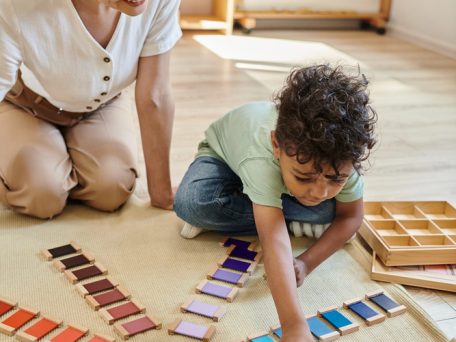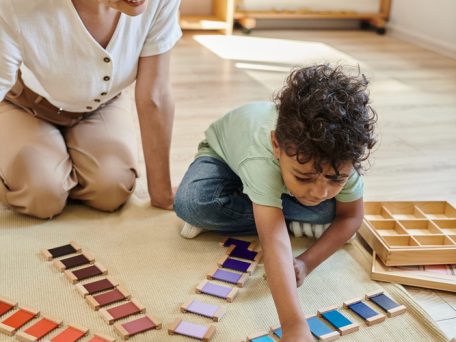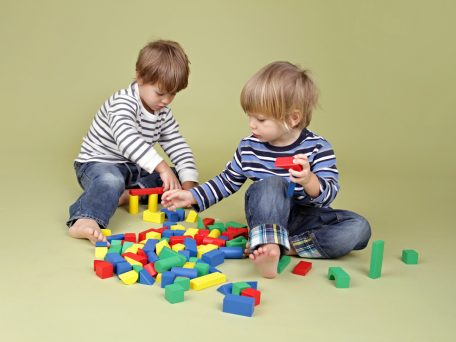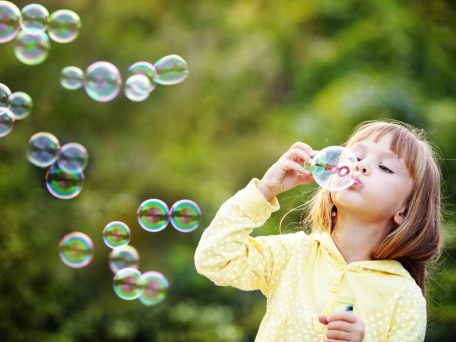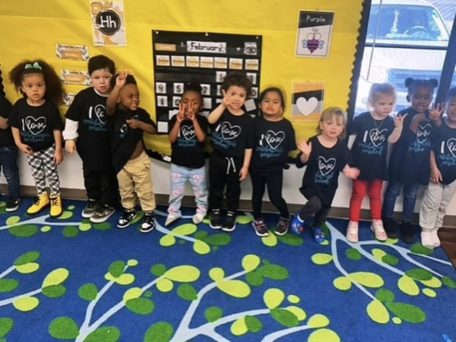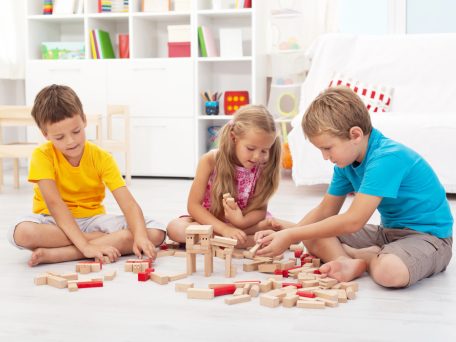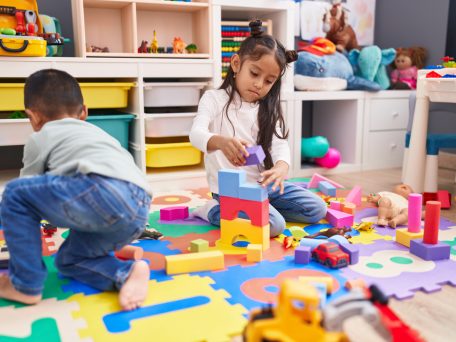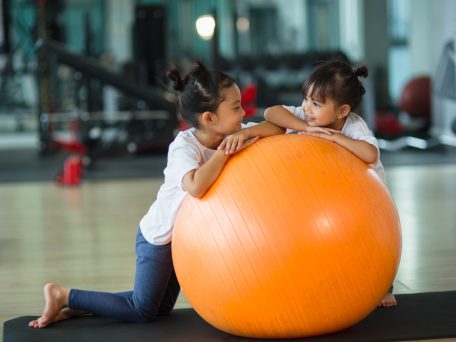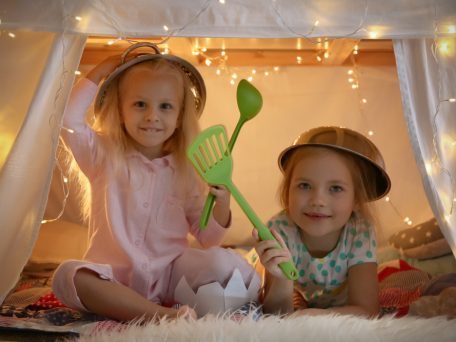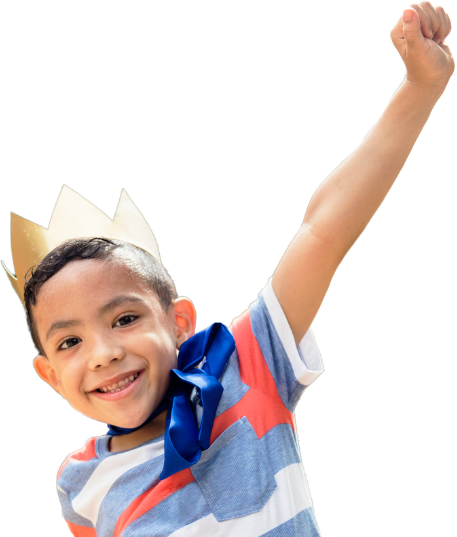Math is a critical part of our lives. We use math every day to pay bills and manage our finances, and many jobs require math skills to perform them. Math is one of the core skills taught in school, and having a good handle on how they work before reaching school age can be a big benefit to children.
Luckily, it’s easy to incorporate math skills into preschool without making it a chore. Math can be fun when presented in the right way. Here are 5 ways daycares can promote number literacy.
Counting in Sensory Play
Sensory play is a popular way to help kids perfect their gross and fine motor skills, but it can also help with math. Teachers can have children try to estimate how much rice is in a container, count beads, and compare quantities.
These moments can make playing with beads and rice even more engaging for children, while helping them develop critical thinking skills and numeracy.
Board Games
For children almost ready for school, board games can offer valuable lessons in taking turns and being patience. Many board games such as Shoots and Ladders are all about numbers, while many of the other simpler ones still require a child to count how many times their character moves.
While board games may be difficult for the youngest children, it’s a perfect opportunity for older children almost ready for school.
Number Safari
Look around, and you’ll probably see a number close to you. There are numbers on calendars, sports t-shirts, and blocks. One fun way to help kids recognize numbers is to go on a number safari and hunt for them. Kids can explore their preschool or daycare looking for numbers and see how many they can find.
Numbers can also be hidden around the preschool for children to find, if there aren’t enough easy to find ones already present.
Connect the Dots
A classic game children adore are mysterious pages with just numbers on them. By connecting the dots in numerical order, they can complete a picture. These fun pictures can be very simple or highly complex, depending on the age of the child.
Connect the dots work wonderfully to help kids notice numbers and their order.
Bubble Wrap Pop
Bubble wrap has been irresistible to kids since it was invented. A fun way to help kids learn numbers is to draw numbers on bubble wrap bubbles and then ask the kids to find the right number and pop the bubble.
This simple game can be very engaging and help kids with their learning recognition. When they’re excited to pop that next bubble, they’ll be looking closely at those numbers to try and figure out which one is next quickly.
Math is a critical skill for children, and it’s never too early to start building those basic skills. When math is fun, kids are more likely to learn and retain that information. Fun math games can help encourage kids to think critically, notice numbers more, and develop those vital skills.






